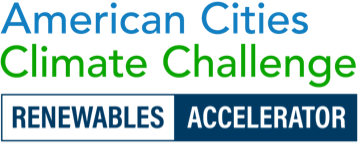Community Project Funding (CPF) is a type of discretionary congressionally-directed spending. Before 2021, CPF was simply known as “earmarks.” After a decade hiatus, earmarks were restored as CPF (or just Congressionally Directed Spending in the US Senate) with additional accountability, disclosure, and transparency requirements. For FY24, CPF rules have been updated to focus on projects that “merit federal taxpayer funding” and are “tied to a federal authorization law”.
Your city may already have an annual process for fielding CPF submissions for your members of Congress. Currently, each House Member may make up to 15 CPF requests per fiscal year while each Senator may make unlimited requests. Cumulative CPF allocations may not exceed 0.5% of total discretionary spending for Representatives and 1% for Senators. For context, in FY22, this would equal over $25 billion. Note that eligibility and priorities may vary between the House and Senate.
While not explicitly oriented toward clean energy and climate action, CPF is a general source of funding that may be used to advance such projects. Accordingly, cities have some leeway to use CPF to meet your city’s needs. Here are suggestions when planning for a CPF request:
- Use CPF to launch projects that are (1) innovative and ambitious, (2) not easily funded by other programs, and/or (3) otherwise ready to go but for near-term budget gaps.
- Engage community-based organizations and other key stakeholders to align requests with their existing plans and priorities.
- Consider the political landscape when timing requests and selecting congressional sponsors.
- Review the Pitch Deck for Local Governments to prepare the best strategy to get buy-in from city leadership, community partners, and elected officials.
- Meet with members of Congress to discuss potential requests as early as possible.
Here are some early examples that highlight a wide array of equitable decarbonization-related projects funded, in part, with CPF dollars:
